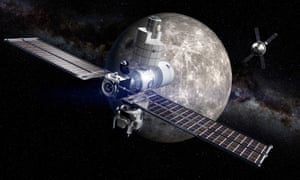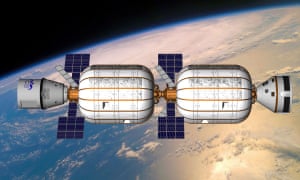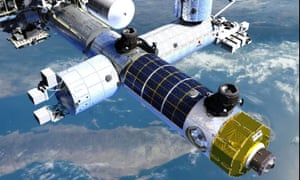Space stations: our future among the stars
Once the International Space Station is decommissioned in 2028, what will the next generation of orbital bases look like?

Chinese Large Modular
China’s Tiangong-1 space station is likely to crash back to Earth next month. However, the People’s Republic is planning a larger manned facility of about 80-100 tonnes. Composed of various modules with names such as “Dreaming of the Heavens”, the station’s completion date has slipped a number of times. China hopes to have the base operational by 2022.
Deep Space Gateway
Nasa and its international partners are planning a replacement for when the ISS is decommissioned in 2028. Although smaller, the replacement may travel further than the Apollo missions and will orbit near the moon. It is hoped the gateway could serve as a hub for missions to Mars by the 2030s.
B330
This is an inflatable space habitat being developed by Bigelow Aerospace. The skin will be about a foot thick and it is claimed it will offer superior radiation and ballistic protection to that of the ISS – its mass to habitable space ratio is far superior than a rigid module. Bigelow has signed a deal with United Launch Alliance to launch a B330 in 2024.
Axiom
This private company’s plan is to launch modules that will link with the current ISS, but remain in a low Earth orbit once the original space station is shut down. Axiom plans to generate revenue from space tourism and by using its craft as a manufacturing base for items such as small satellites. Some of its products could return to Earth – for example, fibre optics made under low-gravity conditions are free of imperfections.
Russian Space Hotel
In 2017, the Russian space agency announced plans to add a five-star luxury suite to the ISS. Facilities will include extra-large viewing windows, gym equipment and wifi. Space walks supervised by cosmonauts would also be on offer. The proposed cost for a month’s stay, including space walk, would be a hefty $60m (£43m). The launch of the first module is planned for 2021. (Via theguardian)










Post a Comment